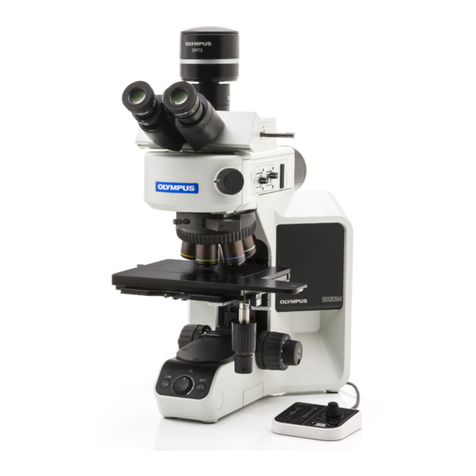Olympus Fluoview FV1000 User manual
Other Olympus Microscope manuals
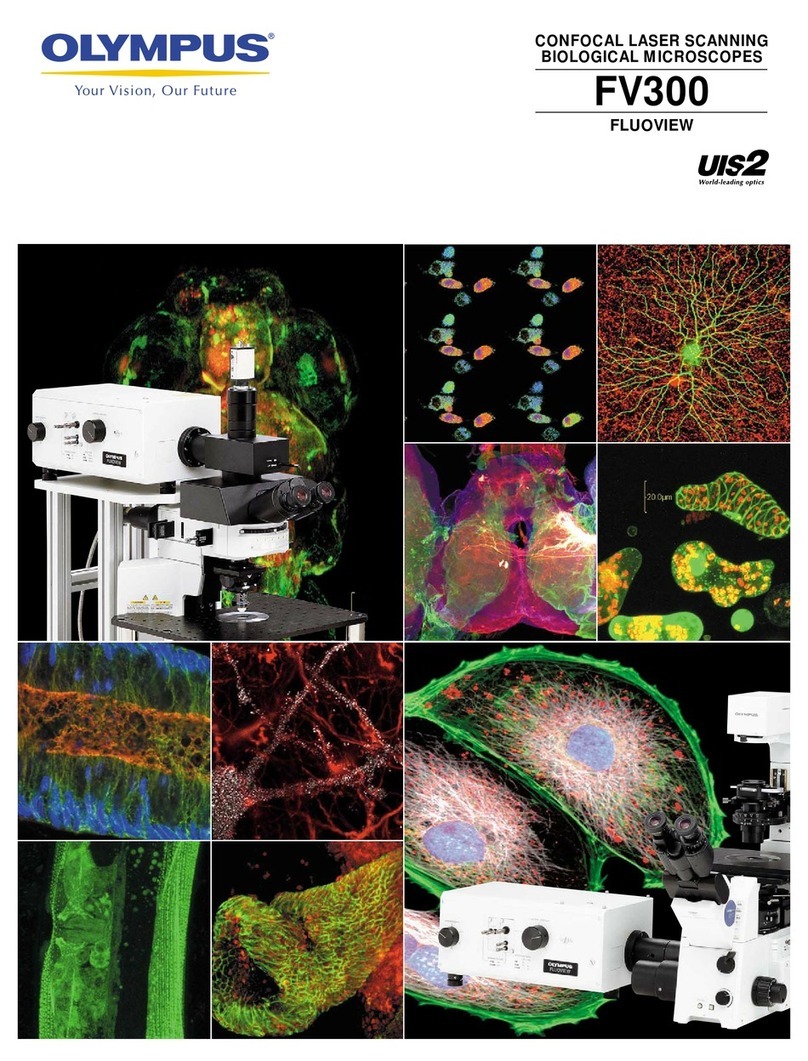
Olympus
Olympus FLUOVIEW FV300 Installation guide
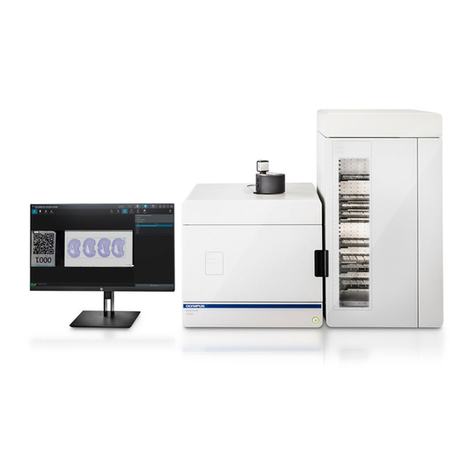
Olympus
Olympus SLIDEVIEW VS200 User manual
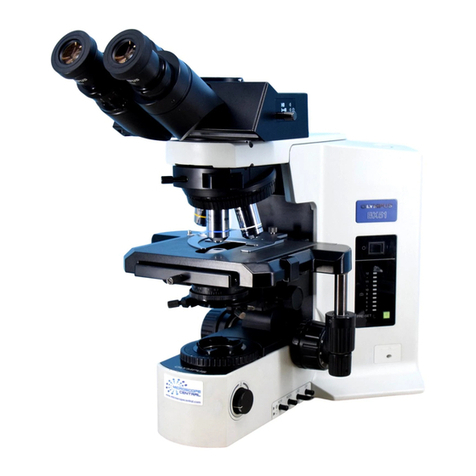
Olympus
Olympus BX51 User manual
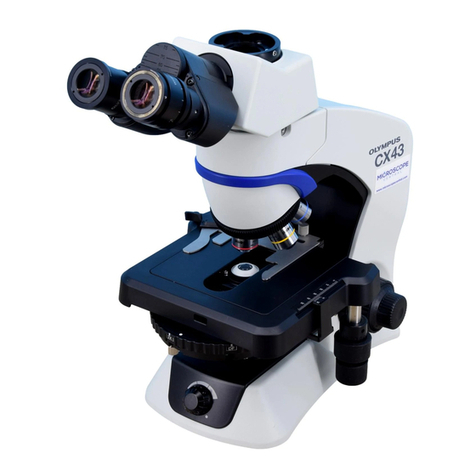
Olympus
Olympus CX43 User manual
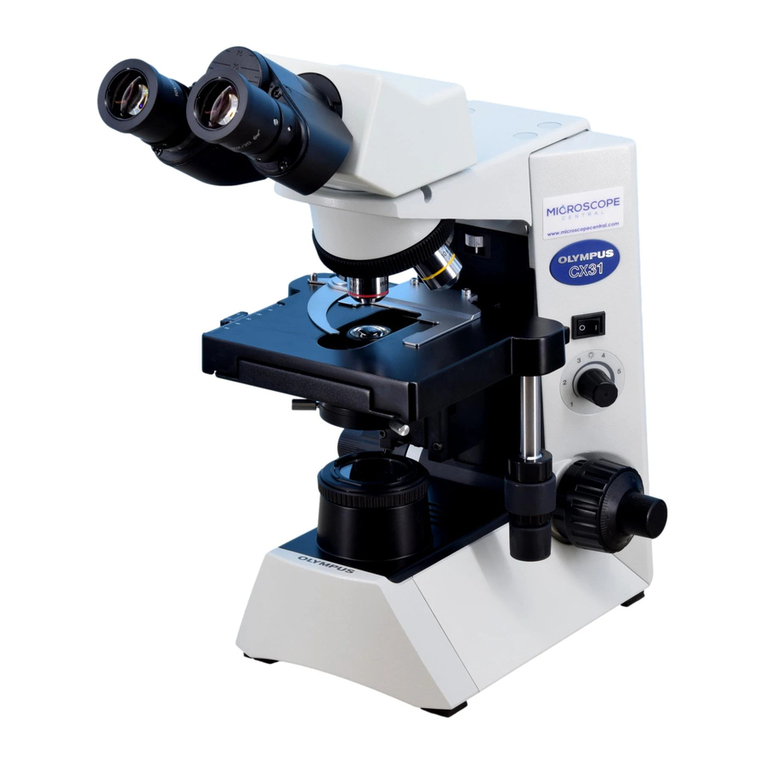
Olympus
Olympus CX31 User manual

Olympus
Olympus KHC User manual

Olympus
Olympus BHTP User manual
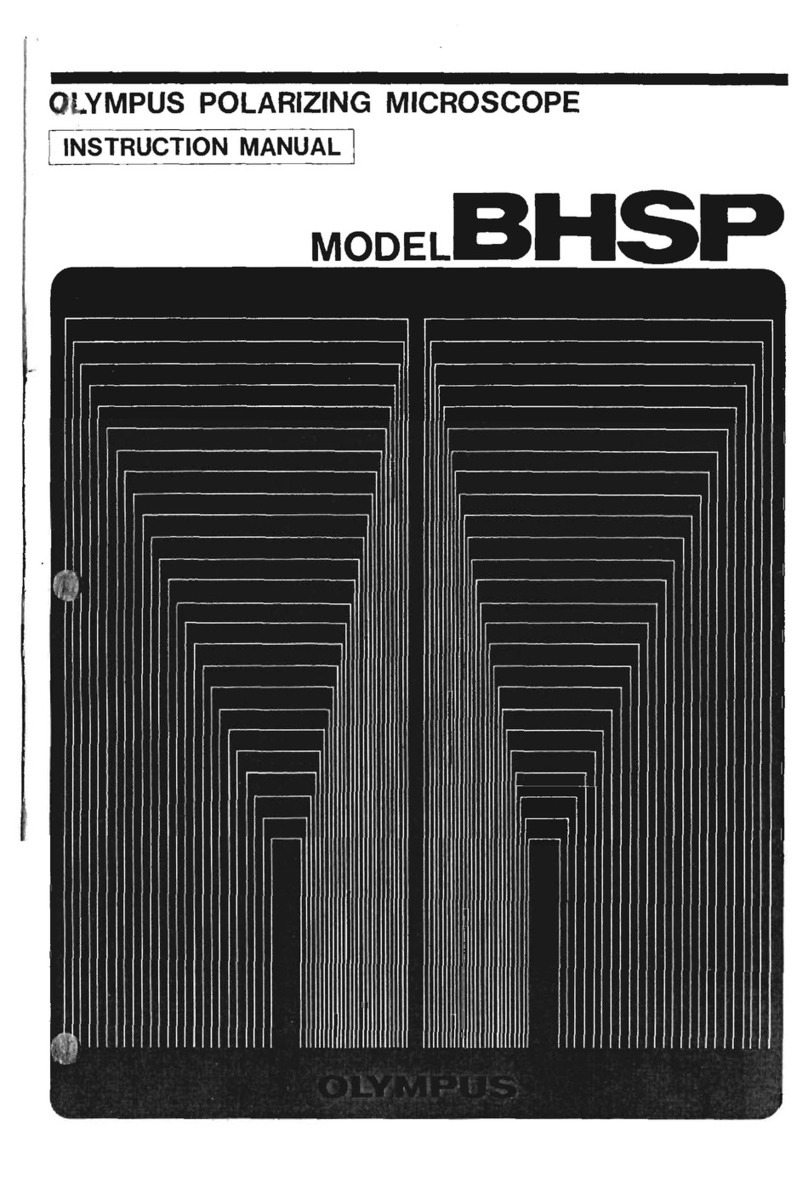
Olympus
Olympus BHSP User manual

Olympus
Olympus SZ-III User manual
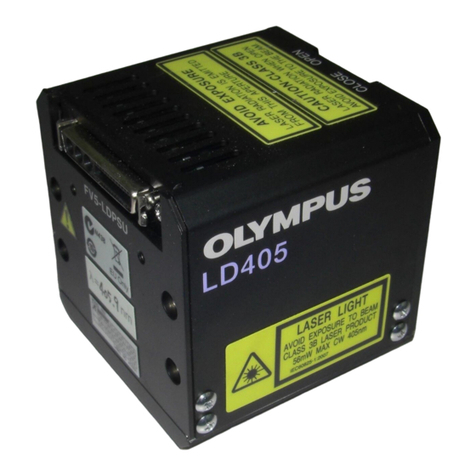
Olympus
Olympus FV5-LD405 User manual

Olympus
Olympus Discover FV10i Owner's manual
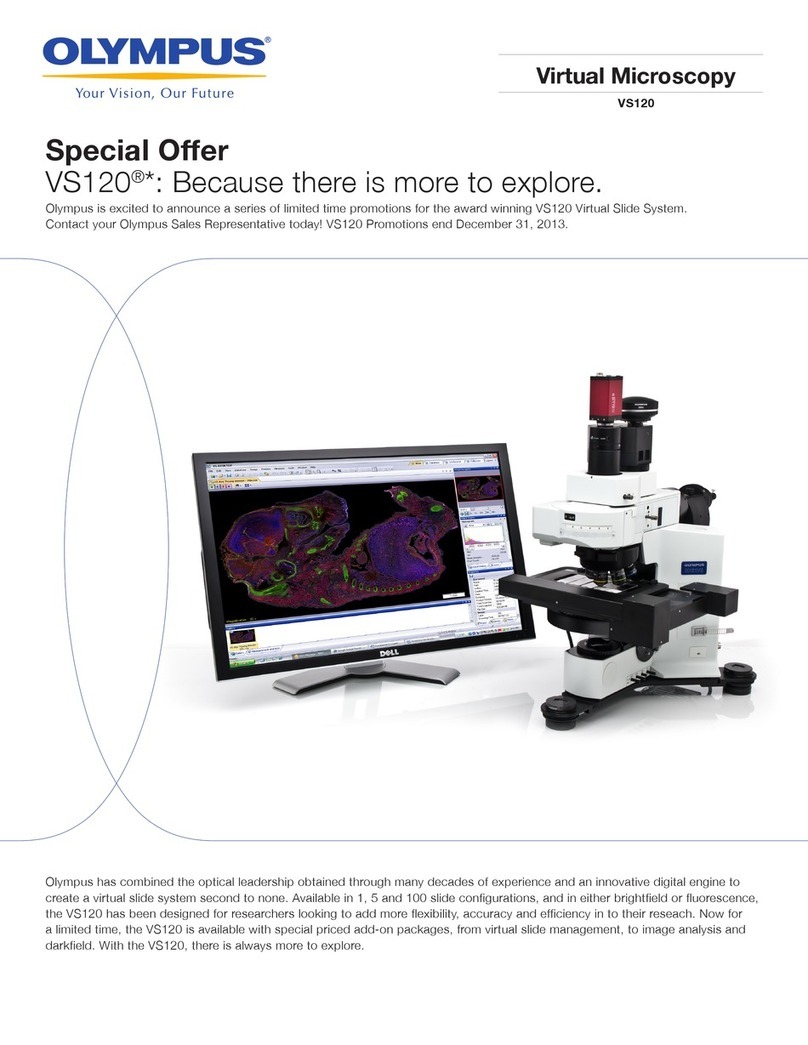
Olympus
Olympus VS120 Owner's manual

Olympus
Olympus BX2 SERIES User manual
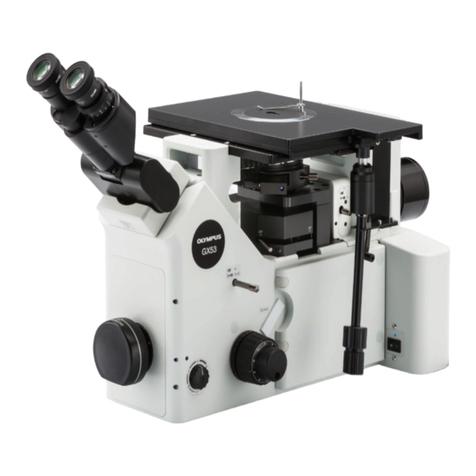
Olympus
Olympus GX53 User manual

Olympus
Olympus CKX41 User manual
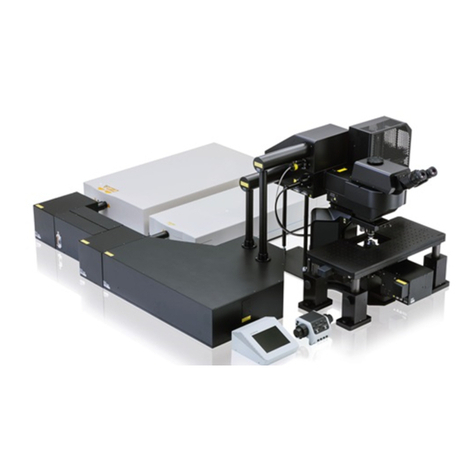
Olympus
Olympus FLUOVIEW FVMPE-RS User manual
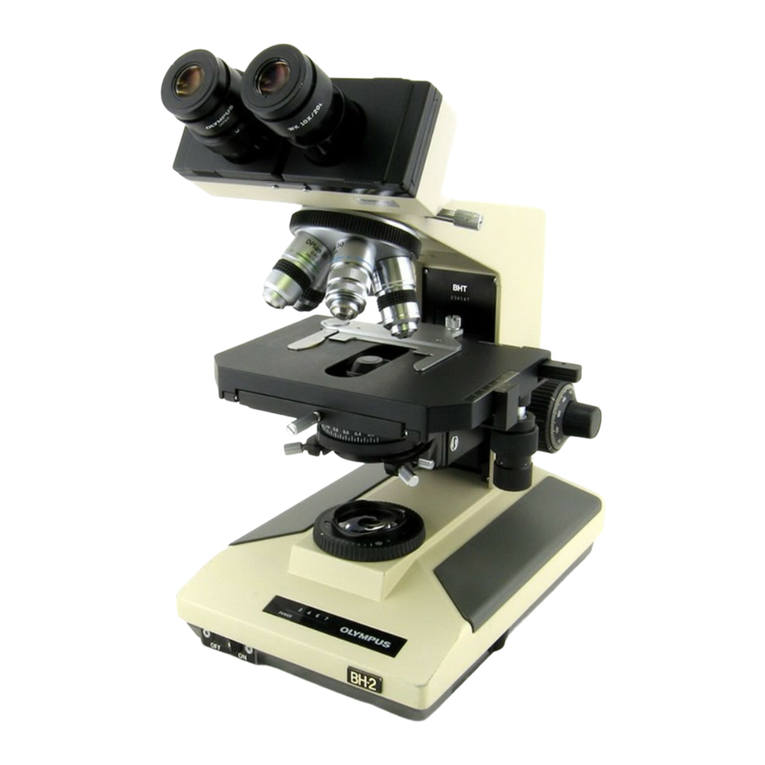
Olympus
Olympus BH2 Series User manual
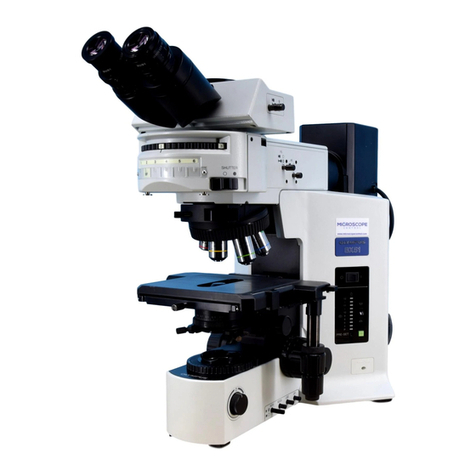
Olympus
Olympus BX51M User manual

Olympus
Olympus SZ61 User manual

Olympus
Olympus IX71 User manual

